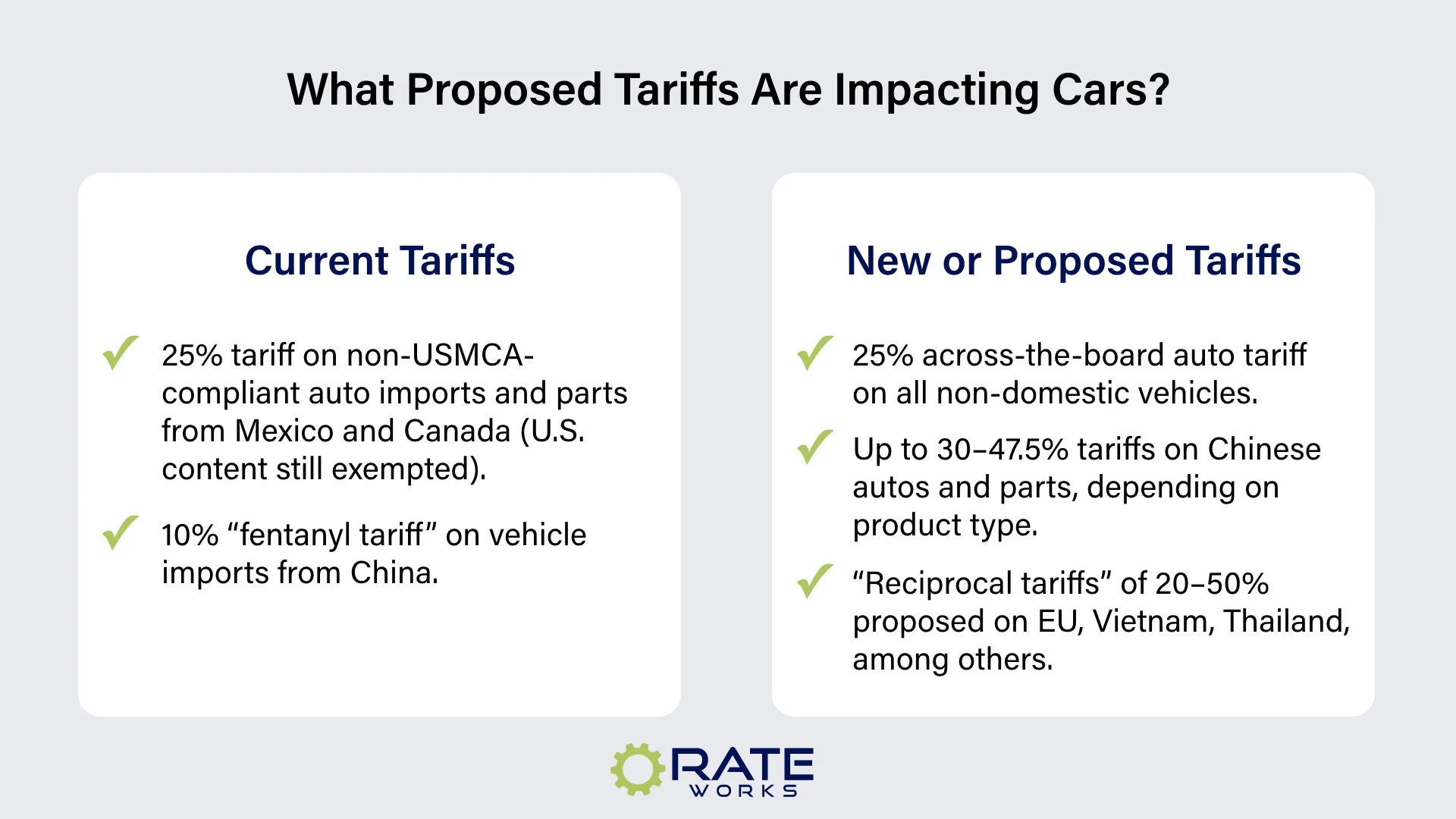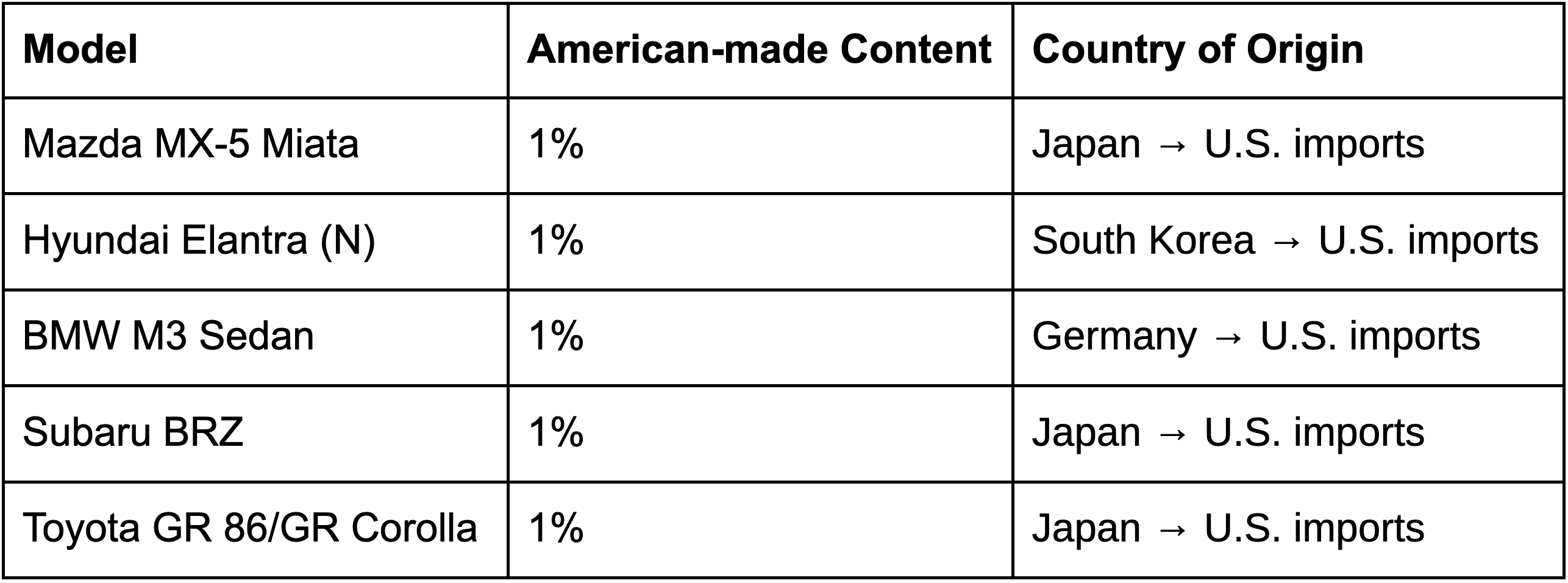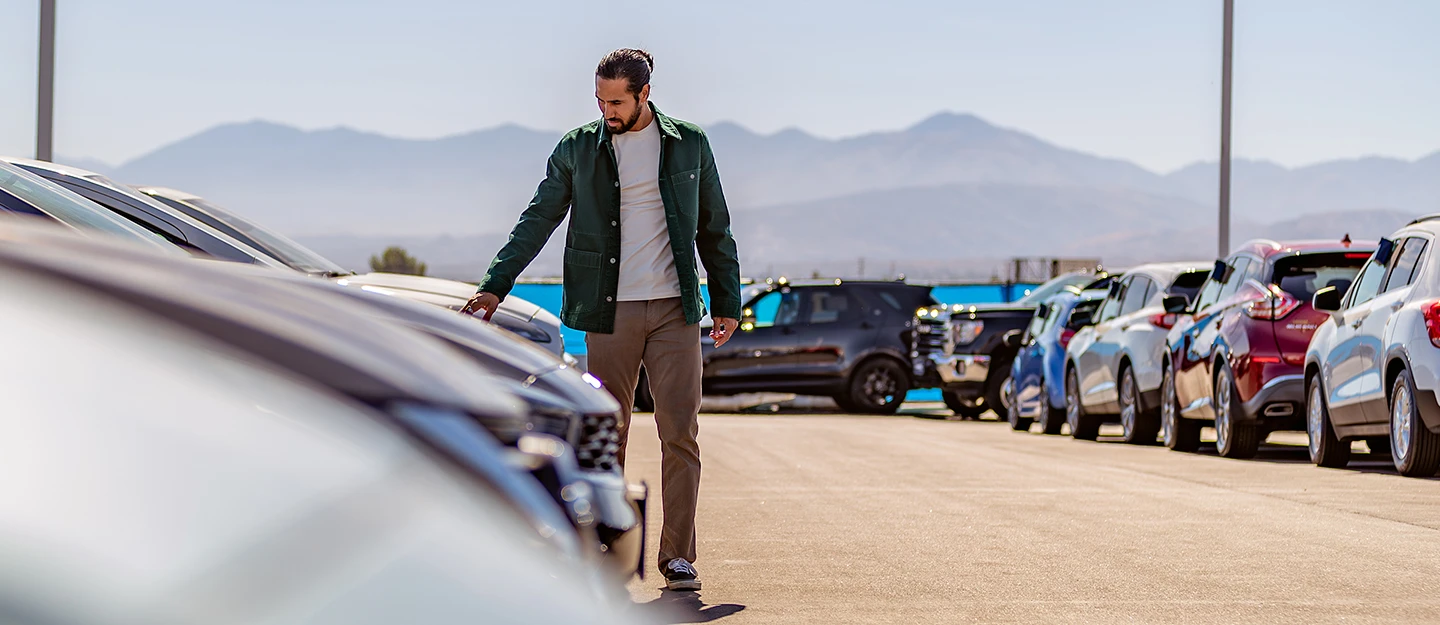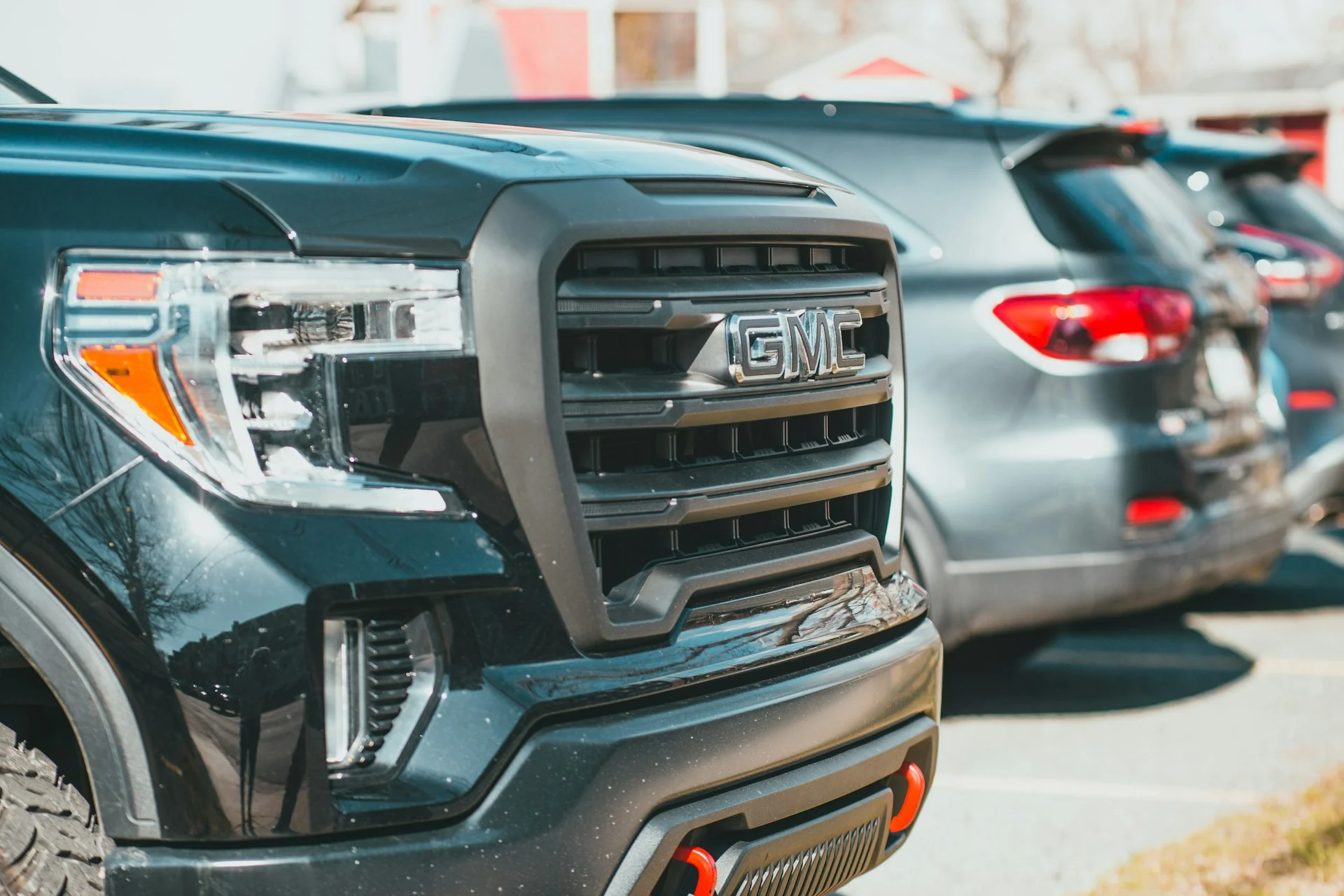Tariffs are taxes placed on imported goods, often used to protect domestic industries or influence trade relationships. When applied to the auto industry, tariffs can significantly impact both car prices and availability.
As of February 2025, new tariffs imposed on imports from China (10%) and from Mexico and Canada (25%) are creating major ripples across the automotive market. In this blog, we’ll explore which vehicles are affected, how the tariffs impact prices, and what it all means for car buyers in the U.S.

Which Cars Are Affected by Tariffs?
It’s natural to wonder which cars are impacted, and which will be hit hardest. According to Visual Capitalist, brands like Buick, Hyundai, Kia, BMW, and Mazda are most heavily affected by the new U.S. auto tariffs.
Among individual models, some compact sports cars are especially at risk:

These models share a common trait: extremely low U.S.-built content (1%). That means nearly all their production stages occur abroad, and as a result, they’re facing the full brunt of the new 25% duty.
Meanwhile, brands like Tesla, Jeep, and Honda, thanks to their significant North American manufacturing footprint, will be among the least impacted by the tariffs. In short:
- If a vehicle is assembled mostly outside the U.S. (like the Miata or Elantra), it’s more exposed.
- Cars built domestically, or assembled in U.S.-compliant factories under USMCA (United States-Mexico-Canada Agreement), will see less or no tariff impact.
What Proposed Tariffs Are Impacting Cars?
Here’s a breakdown of the auto-related tariffs currently in place and those under discussion:
Current Tariffs (effective February 2025)
- 25% tariff on non-USMCA-compliant auto imports and parts from Mexico and Canada (U.S. content still exempted).
- 10% “fentanyl tariff” on vehicle imports from China.
New or Proposed Tariffs
- 25% across‑the‑board auto tariff on all non‑domestic vehicles.
- Up to 30–47.5% tariffs on Chinese autos and parts, depending on product type.
- “Reciprocal tariffs” of 20–50% proposed on EU, Vietnam, Thailand, among others.
How This Could Translate into Price Changes
Tariffs may sound like abstract policy, but their impact hits where it matters most—your wallet. When import costs rise, manufacturers and dealerships often pass those expenses along to consumers.
Here’s how current and proposed tariffs could directly affect what you’ll pay for a car.
- Automakers are likely to pass 80% of tariff costs to consumers, adding about $1,760 per vehicle on average.
- Some brands could see price hikes of 10–15%, depending on import reliance, sometimes adding $2,000 to $15,000 to the sticker price.
- Certain models, especially those built abroad with low North American content, may face 20% or more price increases.
- U.S. new-vehicle prices already rose 2.5% in April 2025, largely driven by the new 25% tariffs

What Buyers Should Know
So, are you thinking of buying a car in 2025 or in the years to come? Tariffs are already changing the game, and it’s important to understand how they could affect your options and your wallet. Here are a few key considerations to keep in mind as you navigate a tariff-influenced car market:
Tips for Buying During Tariff-Driven Market Conditions
With rising tariffs affecting car prices across the board, shoppers need to be more strategic than ever. Whether you’re in the market now or planning ahead, these tips can help you make a smart purchase, even when the market feels uncertain.
- Price shop aggressively: Some dealers may raise prices preemptively, while others may hold the line to stay competitive.
- Ask about sourcing: Cars with more U.S. or North American content may be less impacted by tariffs, and potentially priced more attractively.
- Don’t overlook financing: Rising prices make it even more important to secure a favorable loan. Consider preapproval or refinancing options with RateWorks to help offset added costs.
- Watch for incentives: Automakers may offer rebates or low-interest deals to soften the impact of higher sticker prices.
Imported vs. Domestic Cars: What’s the Difference Now?
Tariffs don’t impact all vehicles equally. Whether a car is built overseas or assembled in North America can make a big difference in its final price. Here’s how the new rules are shifting the value equation between imported and domestic vehicles.
- Imported vehicles, especially those from Japan, South Korea, Germany, and China, may face steeper price hikes due to the added 10–25% tariffs.
- Domestic cars or those assembled in the U.S. or under USMCA (e.g., from Canada or Mexico with enough North American content) may avoid full tariff penalties, depending on sourcing.
- However, even some “domestic” models rely on foreign parts, so effects can still vary by model and trim.
The Impact on the Used Car Market
As new car prices rise due to tariffs, many buyers are turning to used vehicles as a more affordable option. But this shift in demand is also creating ripple effects. Here’s what to expect if you’re considering a used car in today’s market.
- With new car prices climbing, demand for used vehicles is likely to grow, potentially pushing up prices in that market too.
- Tariffs don’t apply to used cars already in the country, making them an appealing alternative for budget-conscious buyers.
- Inventory may tighten as more people hang onto their vehicles longer, so flexibility and timing will be key when shopping used.
Finding Savings Despite Auto Tariffs 2025
Auto tariffs 2025 are reshaping the car market, from sticker prices on new imports to rising demand in the used car space. We’ve covered which vehicles are affected, how these tariffs influence costs, and what buyers should know before making a move.
If you’re feeling the pinch or stuck with a high-rate loan, RateWorks offers auto refinancing options that could help lower your monthly payment. With the right strategy, you can still find ways to save, even in a shifting market. Request a quote today.


.webp)









